

 STUART JORDAN finds out about the history of this important interchange.
STUART JORDAN finds out about the history of this important interchange.
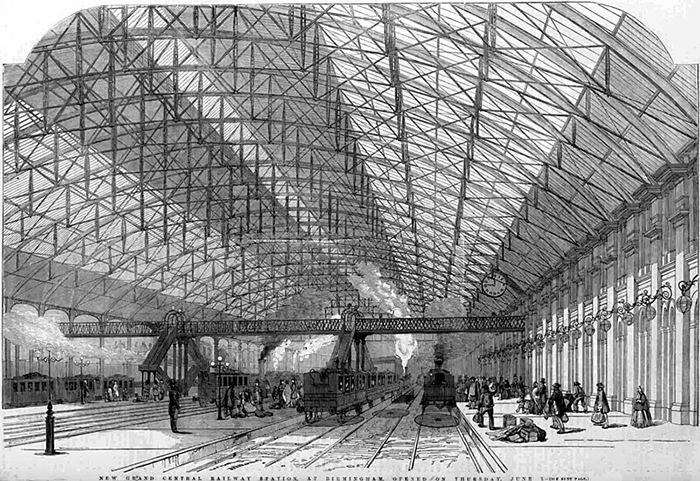
New Street is the busiest station outside of London, with a history that stretches back to 1846. Annually, the station handles around 47.9 million passengers and is a major interchange.
The original station was built by the London and North Western Railway (LNWR) and was completed in 1854, replacing several other stations that had been built around the centre of Birmingham. The site chosen required the demolition of around seventy houses on a three-acre site.
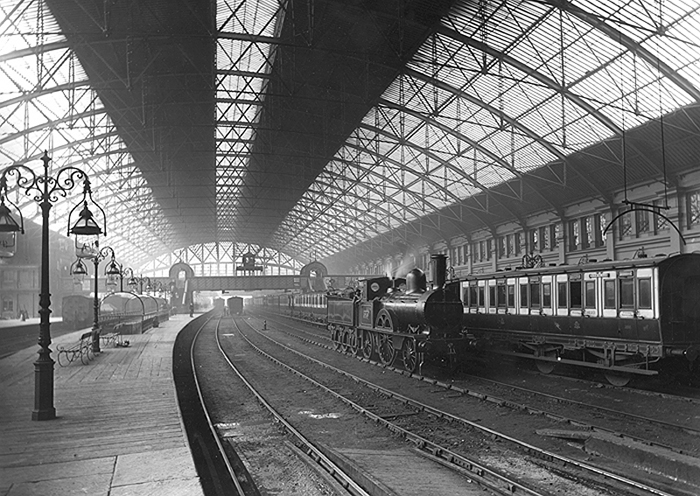
The station circa 1885, showing the large glass roof.
The station was designed by a civil engineer named Edward Alfred Cowper, on behalf of Fox, Henderson & Co.. Cowper had previously worked on the Crystal Palace for the Great Exhibition of 1851. Drawing from this experience with plate glass, New Street had an arched iron and glass roof that was 211 feet by 840 feet and was the largest roof of this kind in the world.
Robert Stephenson designed the internal layout of the platforms – four through, and five bay platforms. Despite the name of the station, the entrance was on Stephenson Street, below the Italianate design Queens Hotel.
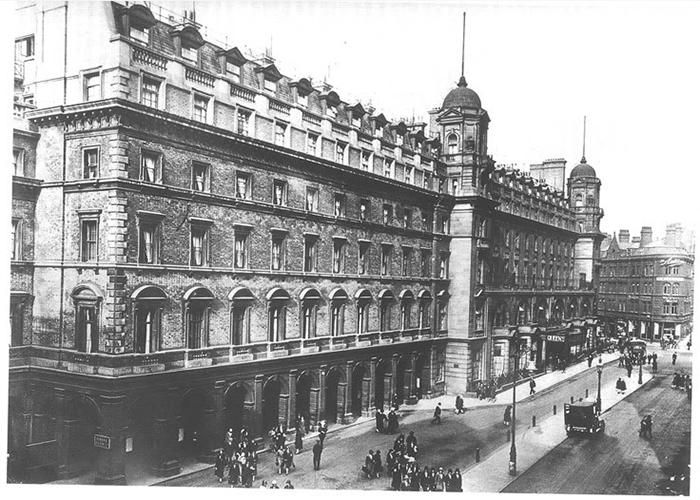
The Queens Hotel in the 1920s.
As the station was shared between the LNWR and the Midland Railway, an extension was built in the early 1880s to cope with the increased traffic. New Street doubled in size when it was opened in 1885. Midland services ran from the new extension and LNWR continued to use the existing station. New Street became part London, Midland and Scottish Railway (LMS) in 1921.
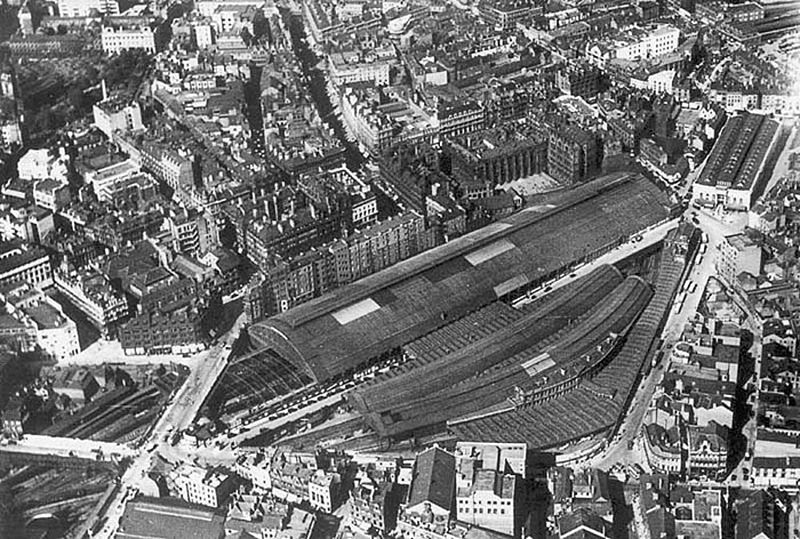
The extended New Street, with the extension to the south.
During the Second World War the station suffered bomb damage to the roof. After the war, Cowper’s roof was torn down as it was deemed to be too damaged to be repaired economically. Canopies were placed over the platforms.
The station underwent a complete rebuild in the 1960s. The original station and Queens Hotel are demolished by 1966. The new station, designed by the lead planner for BR London Midland Kenneth J Davies, was opened in 1967. The platforms were replaced with through platforms across the station and a concrete deck covered them. On this deck was built a concourse and other buildings, followed by the Pallasades Shopping Centre.
The concrete station was not to everyone’s taste; in 2003 it was voted the second biggest eyesore in the UK by Country Life readers. The station itself was running far above the expected capacity when it was built. Plans were drawn and shown to the public in 2006 for a new station under the project name ‘Gateway Plus’. The plan called for a complete rebuild from the ground up – the track and platform level remaining as they were.
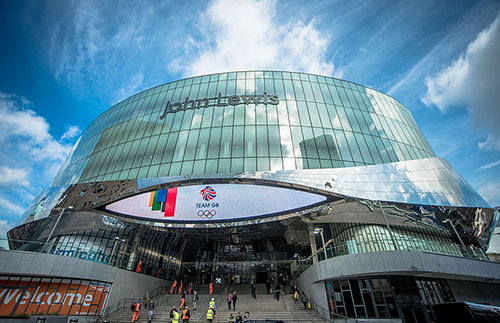
The entrance to the new Birmingham New Street under John Lewis.
£388 million of government money was poured into the project and the approved plan from the firm Foreign Office Architects included a new concourse with domed atrium, new lifts and escalators to the platform level, and a newly-built station façade and entrances. Although this redevelopment improved the station area for passengers, it failed in one of the main aims as it did not actually increase service capacity.
Current services include:
Avanti West Coast services to London Euston three times and hour, and alternating services to either Glasgow Central or Edinburgh Waverley each hour.
CrossCountry services to Manchester Piccadilly, Bristol Temple Meads, Plymouth or Penzance, Nottingham, Leicester, Reading, Cardiff, Newcastle, or Edinburgh Waverley.
West Midlands Trains services to more local destinations such as Bromsgrove, Lichfield, Wolverhampton, and Walsall, plus long-distance services to Liverpool Lime Street, and London Euston.
Transport for Wales run services from Birmingham to Shrewsbury, where they alternate between continuing on to Chester or Aberystwyth.